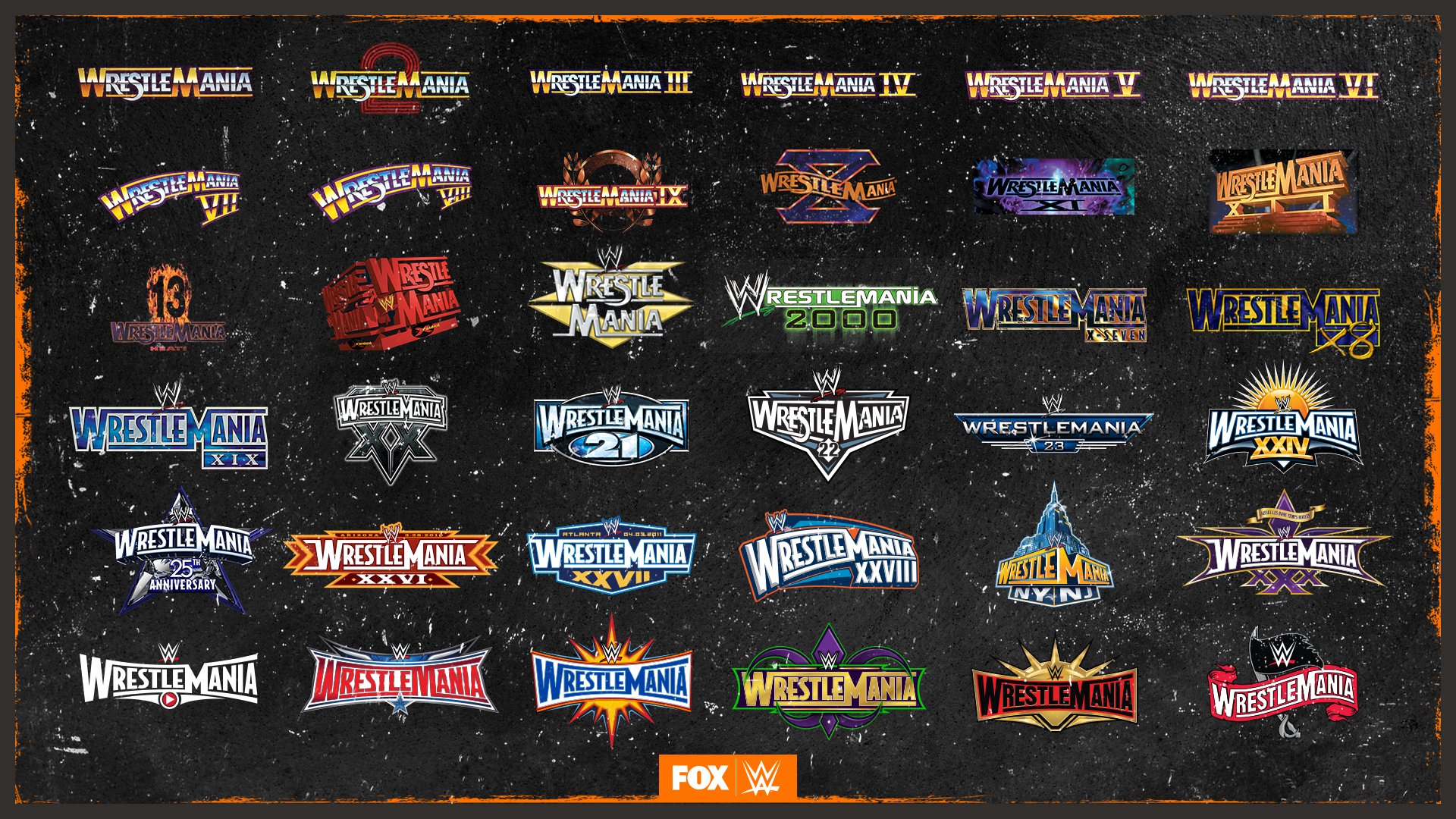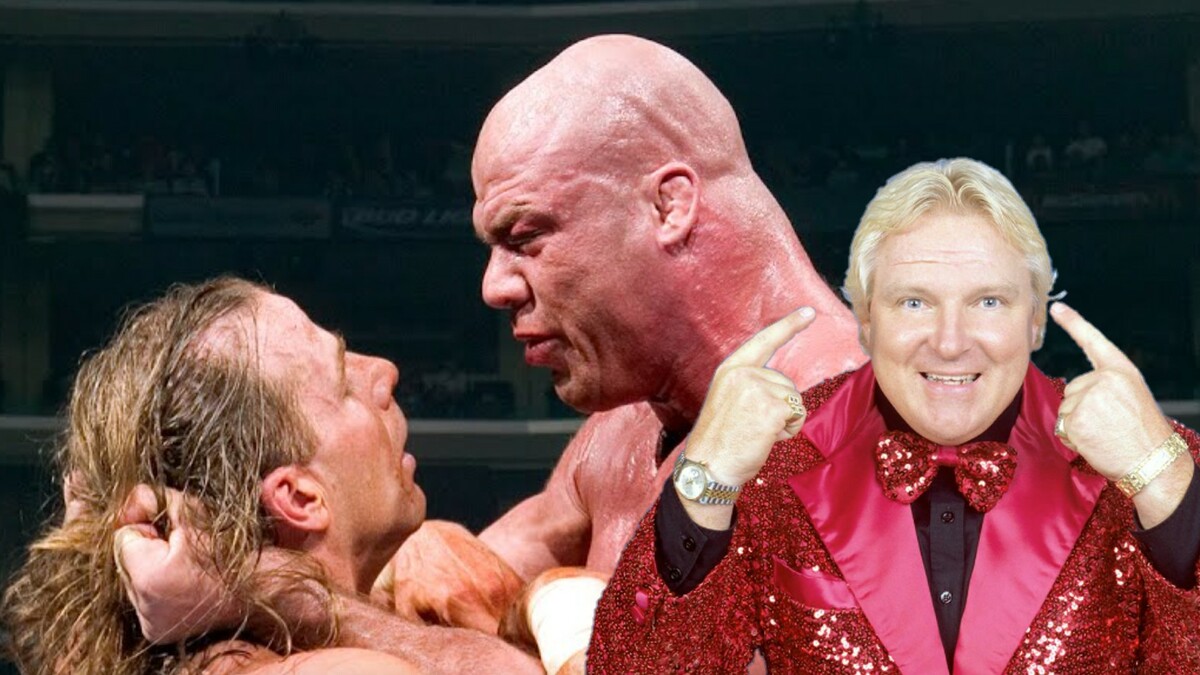WrestleMania, the flagship annual event of World Wrestling Entertainment (WWE), stands as a monumental occasion in the world of professional wrestling. Since its inception in 1985, WrestleMania has transformed from a simple wrestling event into a grand spectacle, combining sports entertainment with pop culture. This article explores the evolution of WrestleMania through the years, highlighting its impact on the wrestling industry, its cultural significance, and its role in shaping the careers of countless wrestlers.
The Birth of a Phenomenon: WrestleMania I
WrestleMania I took place on March 31, 1985, at Madison Square Garden in New York City. The brainchild of WWE chairman Vince McMahon, the event aimed to merge professional wrestling with mainstream entertainment. WrestleMania I featured a star-studded lineup, including celebrities such as Muhammad Ali and Cyndi Lauper, which helped draw non-wrestling fans to the event.
- Main Event: Hulk Hogan and Mr. T vs. Roddy Piper and Paul Orndorff
- Attendance: Approximately 19,121 fans
- Buy Rate: 1.3 million people purchased the pay-per-view
The success of WrestleMania I set a precedent for future events, establishing a template for blending wrestling with celebrity culture.
The Golden Age: WrestleMania II to VI
The following five years saw WrestleMania solidify its status as a premier wrestling event. WrestleMania II was notable for being held in three different locations: New York City, Chicago, and Los Angeles. This ambitious concept, however, received mixed reviews. The event’s format was eventually abandoned, with subsequent WrestleManias returning to single-location shows.
By the time WrestleMania III rolled around in 1987, the event was a cultural phenomenon. Held at the Pontiac Silverdome in Michigan, it set a record with an attendance of 93,173, a record that stood for decades. The main event saw Hulk Hogan slam the 520-pound Andre the Giant, a moment etched in wrestling history.
WrestleMania IV introduced a tournament format to crown a new champion, while WrestleMania V featured the iconic showdown between Hulk Hogan and Randy Savage, further cementing Hogan’s legacy.
The New Generation Era: WrestleMania VII to IX

As the 1990s approached, WWE began transitioning into what would be known as the New Generation Era. WrestleMania VII, held in 1991, was notable for its patriotic theme, coinciding with the Gulf War. The event featured the famous match between Hulk Hogan and Sgt. Slaughter, which resonated with audiences during a time of national pride.
WrestleMania VIII in 1992 showcased a split main event featuring Hogan and Sid Justice, as well as Ric Flair defending his title against Randy Savage. These events highlighted the shift from the golden age of wrestling to a focus on newer stars.
WrestleMania IX, held outdoors at Caesars Palace in Las Vegas, marked a turning point, as the event is often remembered for its controversial finish where Hogan defeated Yokozuna in a sudden title match. This era was characterized by a mix of old and new talent, setting the stage for the next evolution in wrestling.
The Attitude Era: WrestleMania X to XV

The late 1990s ushered in the Attitude Era, a time of edgier storylines and more complex characters. WrestleMania X, held in Madison Square Garden in 1994, featured two main events: a title match between Bret Hart and Yokozuna, and a classic ladder match between Razor Ramon and Shawn Michaels. This event is often hailed as one of the best WrestleManias due to its in-ring action.
WrestleMania XIII in 1997 is particularly noteworthy for the double turn between Bret Hart and Stone Cold Steve Austin, which significantly impacted the wrestling landscape. The event also introduced a more adult-oriented product, appealing to a wider audience.
- Key Matches:
- Bret Hart vs. Stone Cold Steve Austin
- Undertaker vs. Sycho Sid
- Attendance: 18,197
By WrestleMania XV in 1999, the popularity of WWE was at an all-time high. The event featured a highly anticipated match between Stone Cold Steve Austin and The Rock, marking the beginning of a legendary rivalry that would define the era.
The Ruthless Aggression Era: WrestleMania X8 to XXV

As the 2000s began, WWE shifted into the Ruthless Aggression Era. WrestleMania X8 in 2002 is often remembered for its iconic main event featuring The Rock vs. Hulk Hogan, a match that symbolized the clash of eras. The atmosphere was electric, with fans experiencing a nostalgic moment as two of the biggest icons in wrestling history faced off.
WrestleMania 21 in 2005 introduced the “Money in the Bank” ladder match, which became a staple of the event. This match format allowed younger superstars to shine and elevate their status in the company.
The Modern Era: WrestleMania 30 to Present
The evolution of WrestleMania continued with the advent of the Modern Era, marked by WrestleMania 30 in 2014. This event is particularly notable for the shocking defeat of The Undertaker’s undefeated streak by Brock Lesnar, a moment that left fans and critics alike in disbelief.
WrestleMania 35 in 2019 featured a historic main event where Becky Lynch, Charlotte Flair, and Ronda Rousey competed in a triple threat match for the Raw and SmackDown Women’s Championships, highlighting the growing prominence of women in wrestling.
- Key Statistics:
- Attendance: 82,265
- Buy Rate: 1.1 million
The Cultural Impact of WrestleMania

Beyond the ring, WrestleMania has had a profound impact on popular culture. The event has featured performances by renowned musicians, including Madonna, Kid Rock, and more recently, Bad Bunny, who performed at WrestleMania 37 and participated in a tag team match.
Moreover, WrestleMania has become a global phenomenon, with events held in various countries, drawing fans from around the world. The event has also contributed to charitable causes, with WWE regularly donating to organizations such as Make-A-Wish Foundation and Susan G. Komen for the Cure.
The evolution of WrestleMania is a testament to the changing landscape of professional wrestling and its ability to adapt to the tastes of its audience. From its humble beginnings to becoming a global entertainment brand, WrestleMania has redefined the wrestling experience. It continues to serve as a platform for both established and emerging talent, while also bridging the gap between sports and entertainment.
As we look to the future, WrestleMania will undoubtedly continue to evolve, embracing new technologies and storytelling methods, ensuring its place as the premier event in professional wrestling history. The journey of WrestleMania is not just a reflection of wrestling history; it is a mirror held up to the culture and society of each era it has traversed.